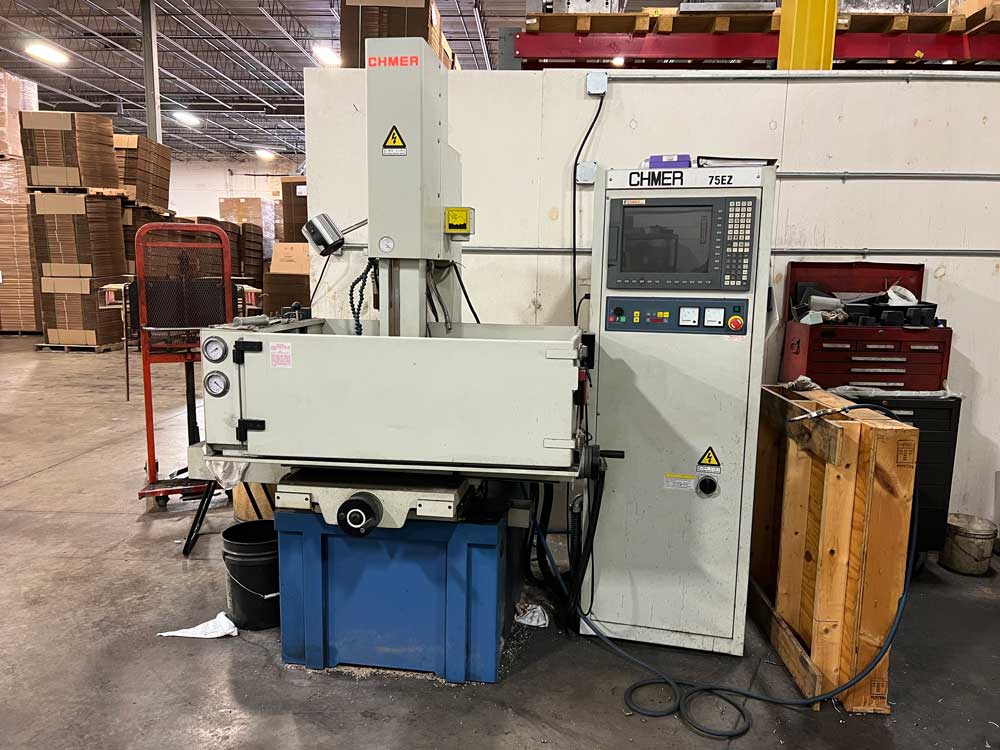
If you run a business, chances are you use a variety of products made from injection molding. This manufacturing process is popular for producing a high volume of parts using a range of materials, such as plastic, glass, metal, and elastomers. It’s similar in concept to 3D printing since both allow manufacturers to produce goods from raw materials. However, injection molding is the more efficient and economical option since it facilitates mass production and is less wasteful.
How Does Injection Molding Work?
Injection molding utilizes a series of components to inject heated material into a mold and ultimately create the desired product.
Shaping the Material
To turn raw materials into newly formed shapes, manufacturers use molds made from metal that house the melted material. When the injection molding process begins, the mold clamps together tightly in preparation for the incoming material. This process often repeats several times, so the metal mold choice is important to ensure ongoing and effective production.
Steel molds are more durable than their aluminum counterparts, making them the ideal choice for busy companies. However, they’re also the more expensive option, so a smaller business with a lower budget might opt for aluminum molds.
Feeding the Mold
The material enters the heated barrel of the injection molding machine, where heating bands melt the material and turn it into a molten form. While this happens, the machine inserts a helix-shaped screw, accelerating the heating process by distributing the rising temperature evenly. Once the material fully accumulates within the injection unit, the machine presses it into the mold cavity.
The injector stays in place at this point, applying pressure and maintaining an elevated temperature while the molten material fills up the mold cavity.
Cooling and Removal
After entering the mold, the heated material cools off and takes on the shape set by the mold cavity. Although plastic injection molding cycle times are usually brief, cooling is often the longest part of the whole process. Some manufacturers may use cooling lines filled with temperature-regulated water or oil to reduce the amount of time this stage takes.
When the cooling process completes, and the material is solid, the mold opens up with platens, allowing the ejector pin to remove the injection molded part.
What Is Injection Molding Used For?
Since injection molding can transform raw materials into nearly any shape a company desires, it has a remarkably wide range of uses. This makes injection molding an incredibly versatile process since outlets spanning various industries regularly use many of these manufactured products. It’s also popular for plastic manufacturing, such as products made from thermoplastic material.
Some of the more common applications of injection molding include:
- Plastic bottles and bottle tops
- Electronic frames, such as remote controls
- Retail store displays and endcaps
- Body panels for automobiles
Additionally, a company may require custom injection molding to create more specific product designs. Many manufacturers offer this service through a team of designers and engineers.
Advantages of Injection Molding
Booming businesses often use injection molding to fulfill various needs, such as selling products to customers or creating eye-catching displays for housing items like gift cards or promoted merchandise. This is because injection molding is highly efficient when it comes to mass production, especially after resolving initial production costs.
The ability to accommodate high demand extends to the production of several identical products, making injection molding the perfect choice for companies that go through multiple identical items in a day, such as syringes for hospitals.
Although other manufacturing processes like CNC machining are available, they’re generally more wasteful compared to injection molding.
What To Keep in Mind for Injection Molding Projects
Even though injection molding offers a wealth of uses and benefits, you’ll still want to keep some considerations in mind before hiring an injection molding manufacturer.
For example, upfront costs can be prohibitive if you run a smaller business or have a complex design requiring multiple mold cavities. Depending on how elaborate a mold design is, prices can cost anywhere between $1,000 and $80,000.
You’ll also want to consider what material you want to use. Some of the available options include:
- Polyetherimide (PEI)
- Polypropylene (PP)
- Polyphenylsulfone (PPSU)
- Polycarbonate (PC)
- Aliphatic Polyamides (PPA)
Get Professional Injection Molding for Your POP Display With Drive Display
If you’re searching for custom injection molding in Atlanta for your retail displays, then we want to hear from you! Drive Display is a custom retail display manufacturer that designs, manufactures, and sells POP displays for stores looking to elevate their business with captivating displays that help generate traffic. Our 17 custom molding machines make us one of the best display manufacturers in the area, allowing us to make in-progress changes, minimizing slowdowns while keeping turnaround times short and sweet.
Contact Drive Display at (833) 498-8737 to receive a quote and learn how we can take your business to the next level.